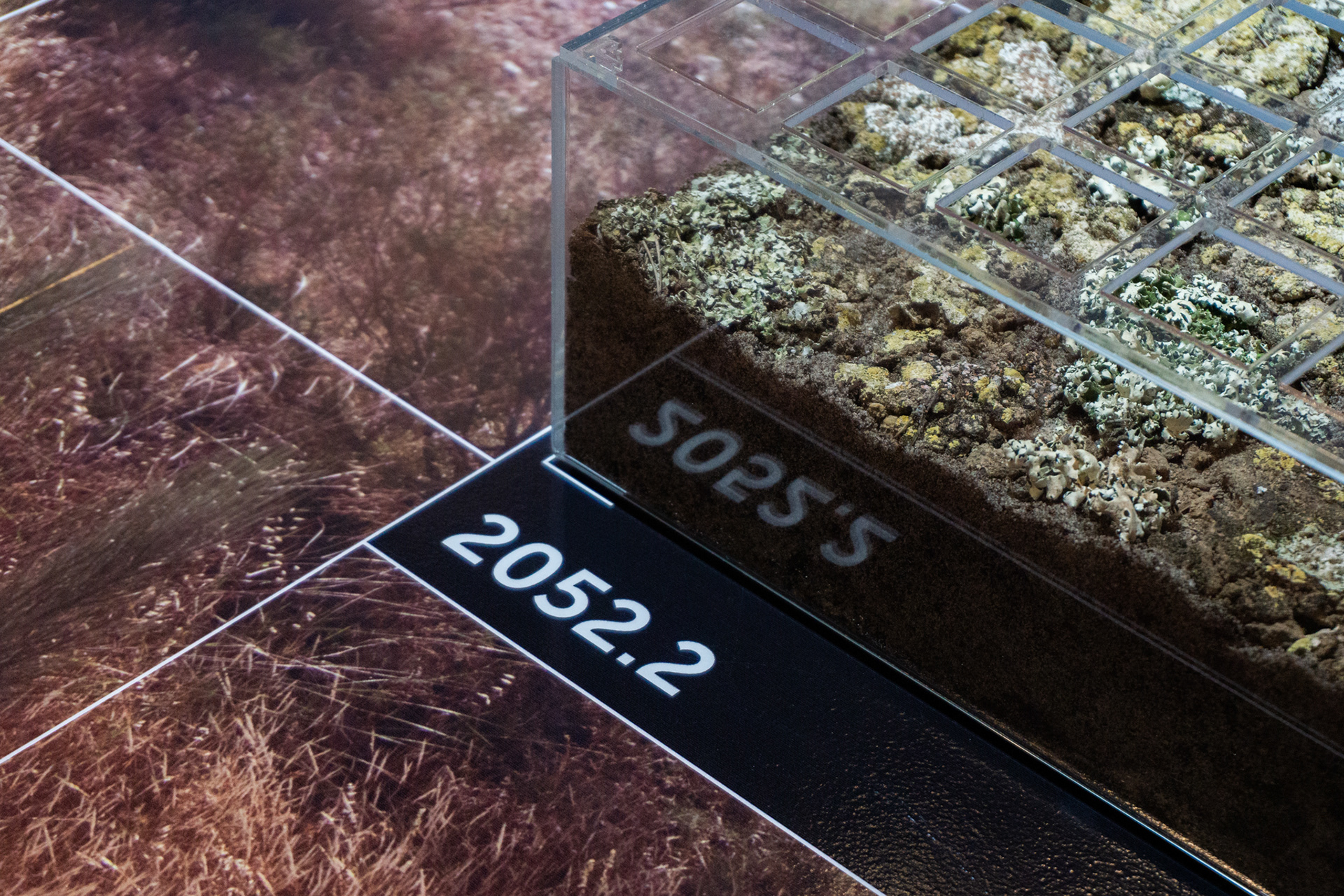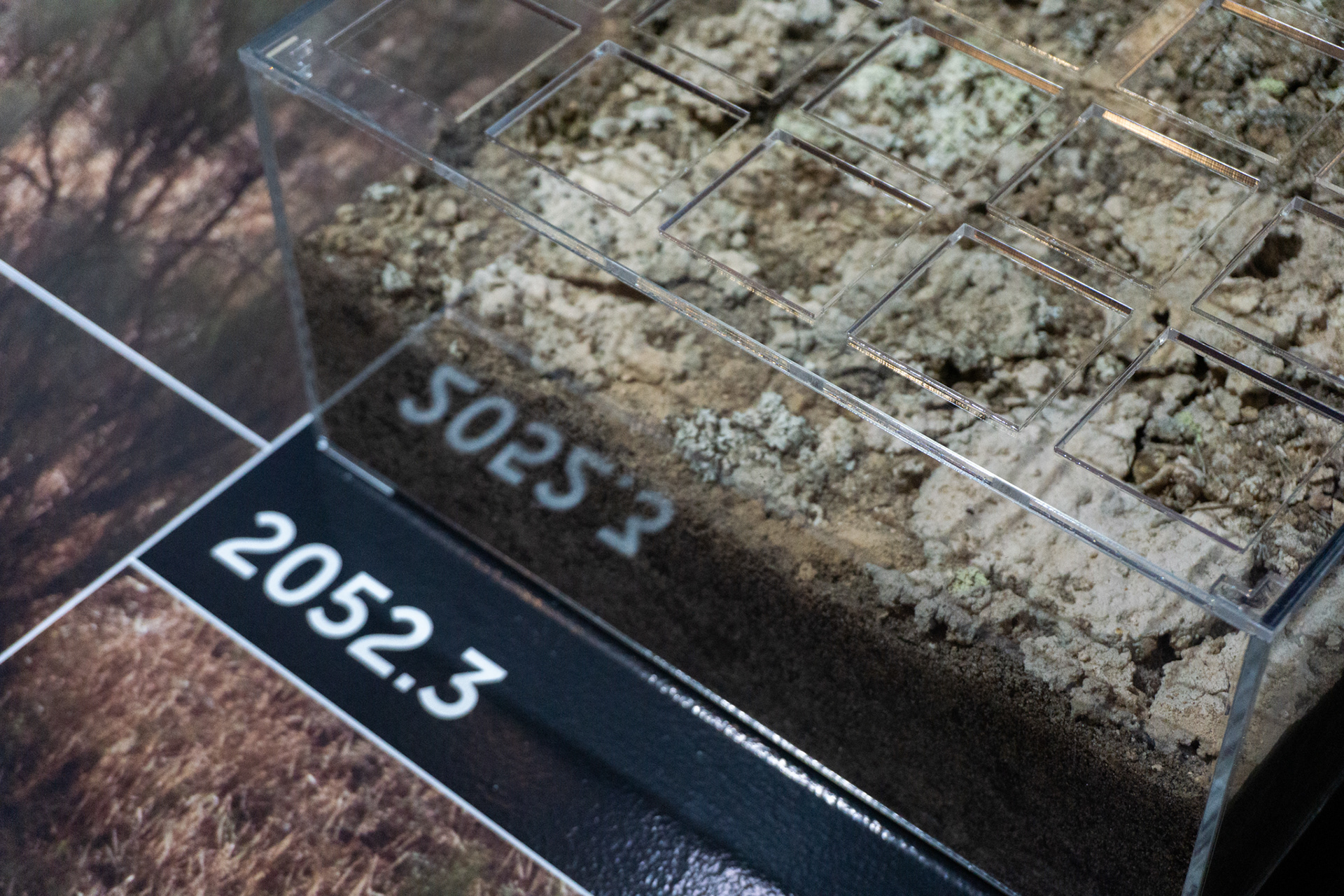Apart from melting glaciers, warming oceans, and extreme weather events on the rise, the increase in droughts has become a major issue due to a changing climate. Drylands will be suffering a decrease in biodiversity due to climate change as the rising heat is affecting their biocrusts - the microbial communities living on the soil surface. An approach for counteracting the negative effects of the current warming trend, is to support the microbial soil communities. By modifying some of the existing species’ genes, the whole microbial system could become more resilient to increasingly dry conditions.



Dryland Projections aims to open up multiple futures and introduce a critical approach to the topic of engineering the climate: What will happen when nature becomes technology? How do microorganisms deal with climate change or the introduction of new species into their habitat? What happens if we don’t take any measures against climate change?
Based on the research of both science collaborators and forecasted predictions on Spanish drylands, the artist team developed different speculative outcomes for 2052 and visualized those with an interactive screeen animation that depict almost infinite possible interactions between nature and technology.
Soil crust samples collected by the Dryland Ecology and Global Change Lab from Spain’s vast drylands in the area of Aranjuez were brought into the museum, representing an array of four possible future ecological scenarios dated to 2052.
The soil samples differ in their biodiversity, depicting scenarios of abundant communities full of lichen, mosses, fungi, algae and bacteria; of unbalanced communities taken over by one species; and of reduced biodiversity leading to fragile ecosystems.
A control panel in the middle of the platform introduces the visitors to the area of Aranjuez and the future environmental challenges it will have to face. By navigating through the different field probes, people can discover the invisible and hidden life forms of the biocrust and explore how the microbial communities are transformed in each scenario, due to changing climate conditions and/or the introduction of modified bacteria.
The project aims also to inform the public about biotechnological developments, on which scientists are currently working and initiate a dialogue. Museum visitors will be able to give up their opinions on the topic using the screen in the installation, which will be shared with the scientists.
The project was produced by Biofaction KG, together with Ege Kökel, Markus Schmidt and Sandra Youssef
for the "One Planet" exhibition at MUSEON in collaboration with The Dryland Ecology and Global Change - University of Alicante.
Dryland Projections is a part of MADONNA - a Research project funded by the European Commission (H2020-FETOPEN-1-2016-2017-766975).